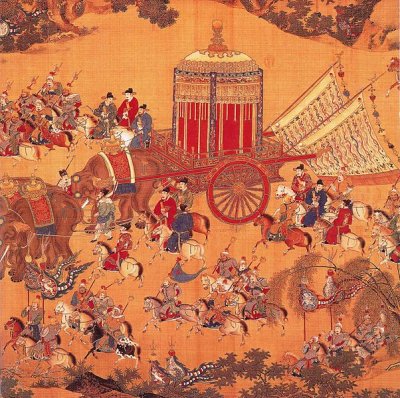Ming Dynasty Social Structure
 Over hundreds of years, the Ming Dynasty social structure greatly evolved and was influenced by Confucianism. The Ming society was divided into four broad types of people: Nong, Shi, Gong and Shang.
Over hundreds of years, the Ming Dynasty social structure greatly evolved and was influenced by Confucianism. The Ming society was divided into four broad types of people: Nong, Shi, Gong and Shang.
The Shi
The Shi were also known as the gentry scholars. Initially, they came from the warrior caste. Over the years, the Shi slowly started to include aristocratic scholars and even educated bureaucracy. Access to books and knowledge was very limited and this meant a scholarly person was highly respected during this era.
The Gong
The Gong was the artisans and craftsmen. They had the skills to make objects of everyday use. They were the producers, much like farmers. But since they did not have any land, they never generated any revenue for the state.
These people had skills which they passed from one generation to another. They were generally more respected than the merchants. Some of them were very successful and even hired apprentices and laborers to increase their production.
The Nong
These were the peasant farmers and they were second to the Shi. The farmers were considered to be the producers of food which sustained the empire. They also contributed to state revenue by paying taxes. In a nation wracked by periodic famine, these farmers were seen as a very important and productive social class to the Ming Dynasty social structure.
The Shang
The Shang was the merchants and traders. They never produced anything and so they were looked down upon by society as people who lived off the labor of other hardworking people.
The Shang traded and transported food and goods made by the Gong and Nong. Most merchants bought more land to command more respect in this society. There was a popular belief that the merchants were only motivated by their greed and they never contributed to the greater good of the society. Later, commercialization increased and the wealthy merchants became part of the landholding gentry. Each and every class was entitled to different legal privileges.
